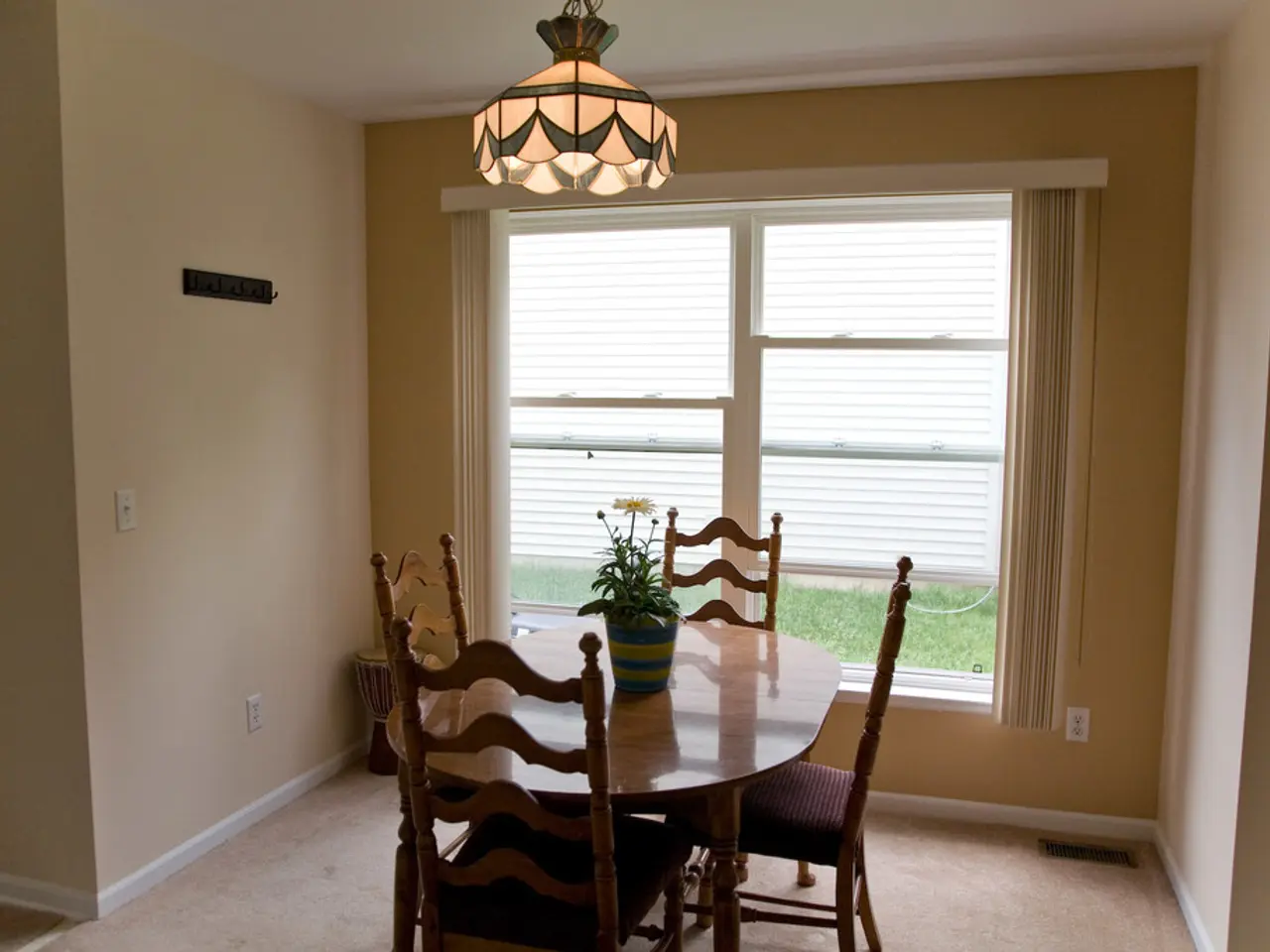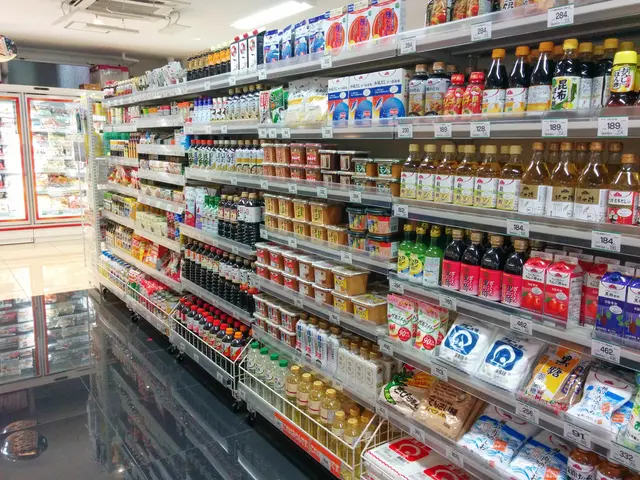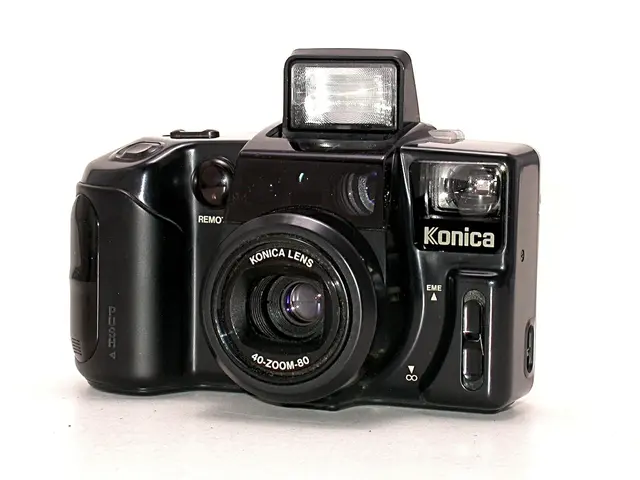Indoor Cultivation of Edible Plants: Year-round Fresh Harvests Indoors
In the quest for fresh, nutritious produce and a satisfying green hobby, indoor edible gardening has gained popularity. With hydroponic systems, you can cultivate a variety of plants in limited spaces, even in the heart of cities. Here's a step-by-step guide to setting up and maintaining an indoor edible hydroponic garden.
**Setting Up Your Hydroponic Garden**
1. **Construction**: Assemble your hydroponic system, fill the reservoir with nutrient solution, and adjust the pH if necessary. Add the growing medium to the net pots or containers and moisten with the nutrient solution.
2. **Planting**: In step 4, plant seeds or seedlings in the growing medium, ensuring adequate spacing for airflow and growth.
3. **Lighting and Heating**: In step 5, set up lighting and heating. Position grow lights about 6-12 inches above the plants, and maintain an ambient temperature between 65°F and 75°F.
**Caring for Your Indoor Edible Garden**
4. **Monitoring and Maintenance**: Regularly check the system, ensuring the nutrient levels and pH remain stable. Replace the nutrient solution every 2-3 weeks to prevent buildup of salts and ensure plant health.
5. **Water and Nutrient Management**: Keep an eye on the water level in your system and add nutrients as needed. Regularly clean your system to prevent algae or root rot.
6. **Temperature Control**: Maintain a temperature between 65°F to 75°F, avoiding placing plants near heating vents or drafty windows.
7. **Humidity and Air Circulation**: Indoor plants prefer a humid environment. Use clear plastic bags, humidifiers, or fans to maintain humidity levels and ensure adequate air circulation.
**Pest Control**
Hydroponic systems reduce the need for pesticides, but monitor for pests like spider mites and mealybugs. Use neem oil or insecticidal soap for control.
**Tips for Successful Hydroponic Indoor Edible Gardens**
1. **Lighting**: Place plants near windows that receive plenty of bright, indirect sunlight. If natural light is insufficient, use LED grow lights.
2. **Choose the Right System**: Beginners might start with simple systems like the Ebb and Flow (Flood and Drain) or Wick system. These are versatile and easy to maintain.
3. **Rolling Harvests**: Implement a rolling harvest strategy by planting seeds weekly. This ensures consistent yields throughout the year.
4. **Space Efficiency**: Use vertical hydroponic systems to maximize space in small indoor areas.
5. **Moisture Resistance**: Ensure the area where your system is placed is resistant to moisture damage.
By following these tips, you can create a thriving indoor edible garden using hydroponics, enjoying fresh produce year-round while minimizing water usage and pesticide reliance. Kitchen scraps can be used to regrow vegetables like green onions, lettuce, and herbs for indoor edible gardens.
Indoor edible gardens can be compact and adaptable, ranging from small herb planters to elaborate hydroponic systems. Popular plants for indoor edible gardens include basil, mint, parsley, lettuce, spinach, peppers, cherry tomatoes, and more. Basil, mint, parsley, chives, thyme, oregano, sage, cilantro (coriander), and lemon balm are some of the best herbs to grow indoors.
- Embracing indoor edible gardening can not only provide fresh, nutritious produce but also serve as a rewarding lifestyle activity, blending food-and-drink with home-and-garden.
- As smart-home-devices become increasingly popular, consider incorporating them into your hydroponic garden for data-and-cloud-computing, such as temperature and humidity monitoring, reducing manual maintenance.
- With the advent of technology, gadgets like LED grow lights and pH meters are essential investments for a successful and healthy-cooking hydroponic garden.
- By cultivating an indoor edible hydroponic garden, you can take advantage of personal-growth opportunities in education-and-self-development, such as learning about the science of plant growth and cultivation techniques.
- As indoor edible gardening becomes part of your hobby, consider expanding your skills-training to include business and career-development, such as job-search strategies for starting a hydroponic gardening business or developing products for the food-and-drink industry.
- By growing your own herbs and vegetables, you'll not only enjoy delicious, healthy-cooking meals but also contribute to a greener lifestyle and reduced job-search rigors, as local production could lead to self-sufficiency.
- As your indoor edible garden flourishes, consider offering skills-training workshops or hosting events in your space, promoting community engagement and contributing to your career-development.




